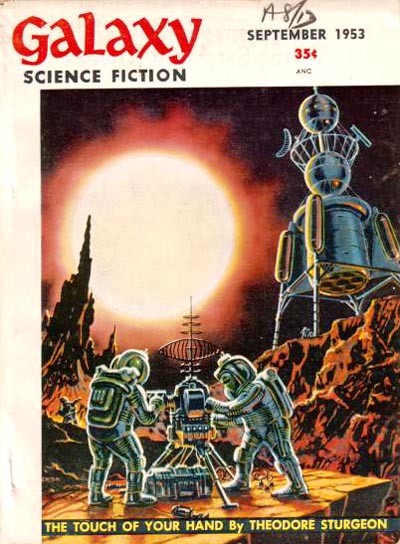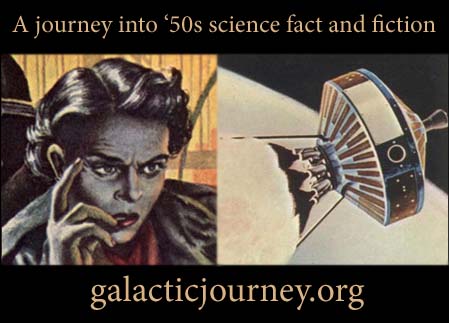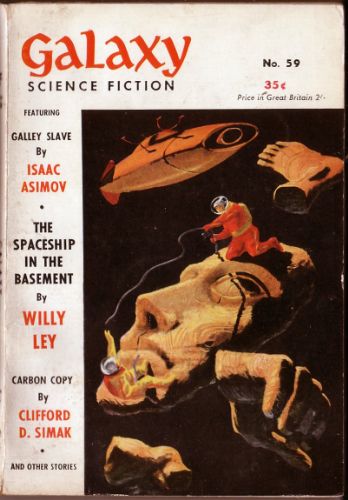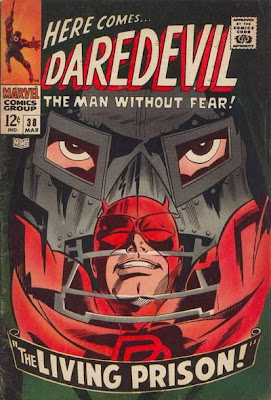Extollager
Well-Known Member
- Joined
- Aug 21, 2010
- Messages
- 9,051
#43: Raymond Z. Gallun's "Stamped Caution" as reprinted in Conklin's 5 Unearthly Visions -- a solid contribution to the first contact genre, published originally in the Sept. 1953 Galaxy issue, a time when, evidently, it was still possible to propose that Mars was inhabited by an old civilization that had built canals. Nothing flashy here, but the author has tried to think through all the issues involved in his immediate story. (He doesn't attempt to evoke much the public response to confirmed contact with extraterrestrials, etc., but just tells what happened to a handful of men involved.) 3/5






Last edited:











